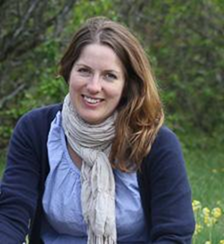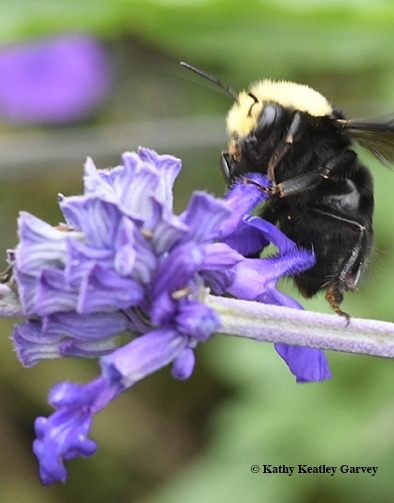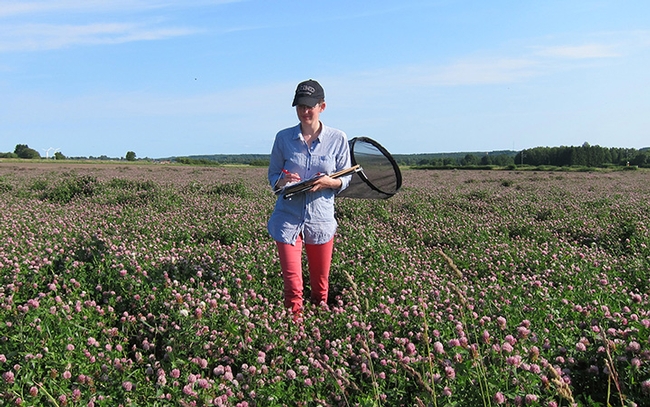
That's when ecologist and environmental scientist Maj Rundlöf of Lund University, Sweden, will speak on “Pesticide Exposure and Flower Resources as Drivers of Bumble Bee Diversity in Agricultural Landscapes" at her seminar at the University of California, Davis.
Her presentation, set for 4:10 p.m., Feb. 14, in 122 Briggs Hall, is sponsored by the UC Davis Department of Entomology and Nematology.

You may have watched Rundlöf deliver an electronic press release on YouTube in 2015 on her research on the effect of the neonicotinoid pesticide, clothiandin, on honey bees, bumble bees and solitary bees under field conditions in agricultural landscapes. Her video, published by Lund University, revealed that honey bees can cope with the exposure to the pesticide, but it has a "strong negative impact on wild bees." The research took place in Sweden.
Rundlöf says that a large part of her research "is in the interface between conservation biology and agricultural production, aiming at exploring how we can support biodiversity while also facilitating food production." She will discuss "the multiple factors that influence bumble bee diversity in agricultural landscapes, with a particular focus on the pains and gains of flowering crops - providing abundant but ephemeral forage resources but also a route of exposure to pesticides."
The winter quarters seminar are coordinated by assistant professor Rachel Vannette; Extension apiculturist Elina Lastro Niño and Ph.D student Brendon Boudinot.
Attached Images:
